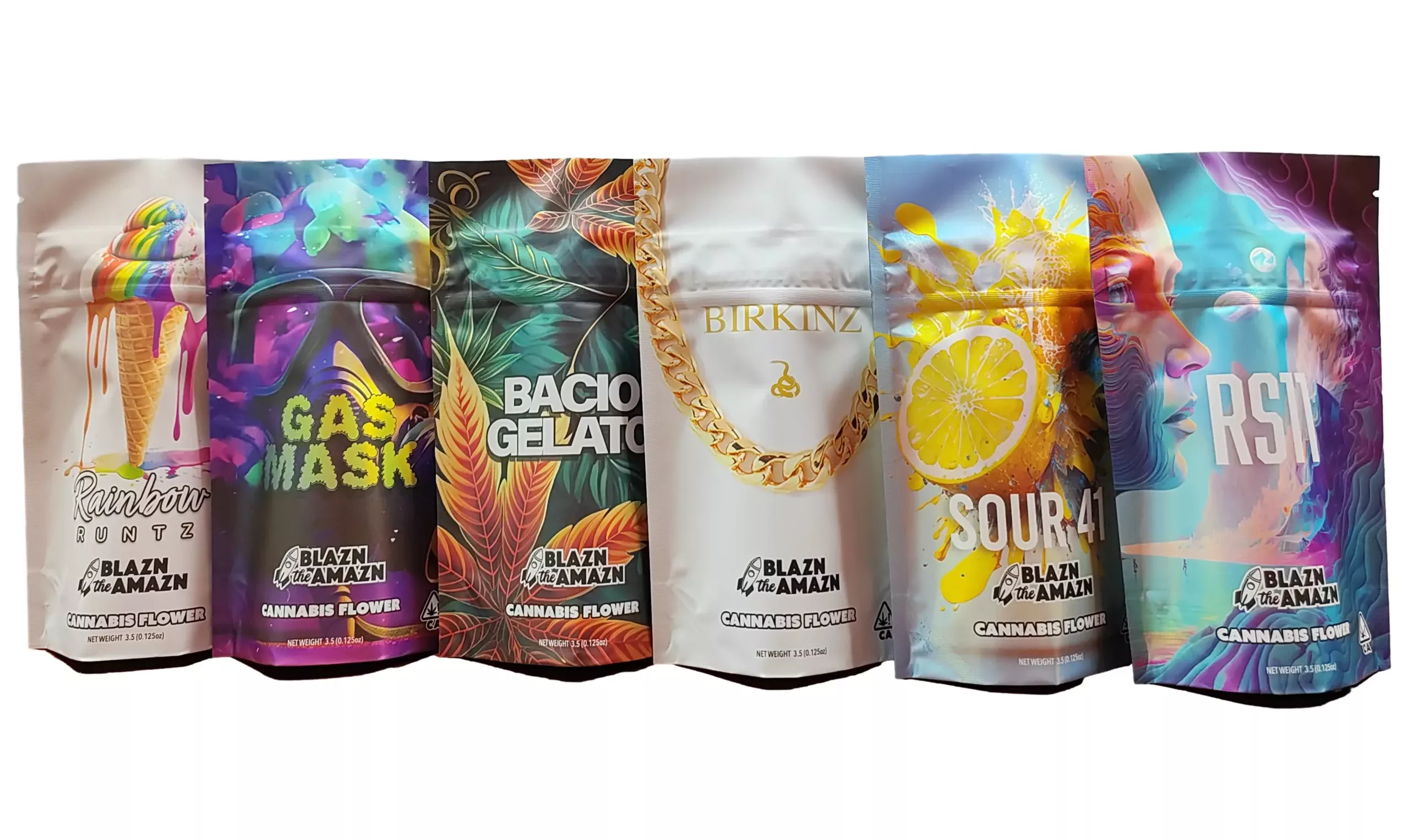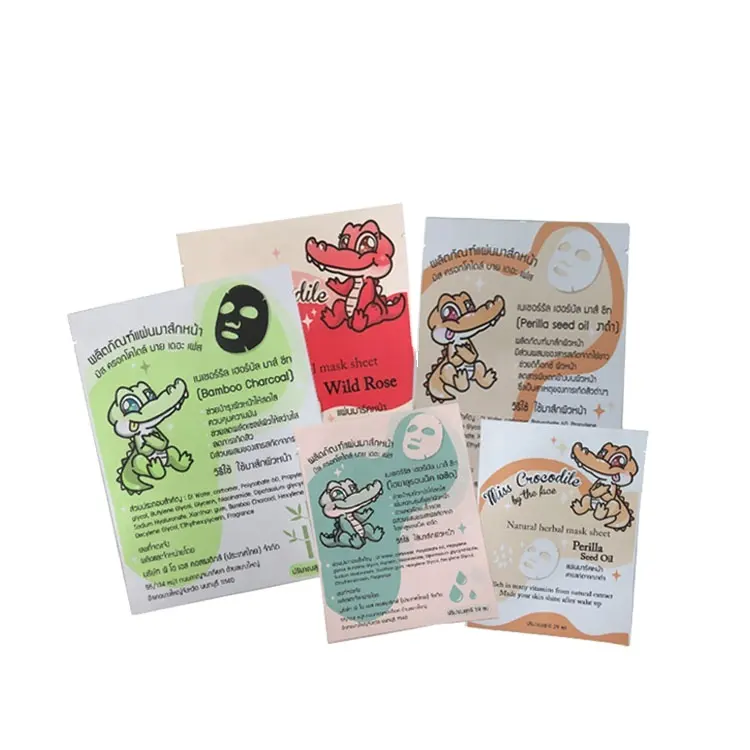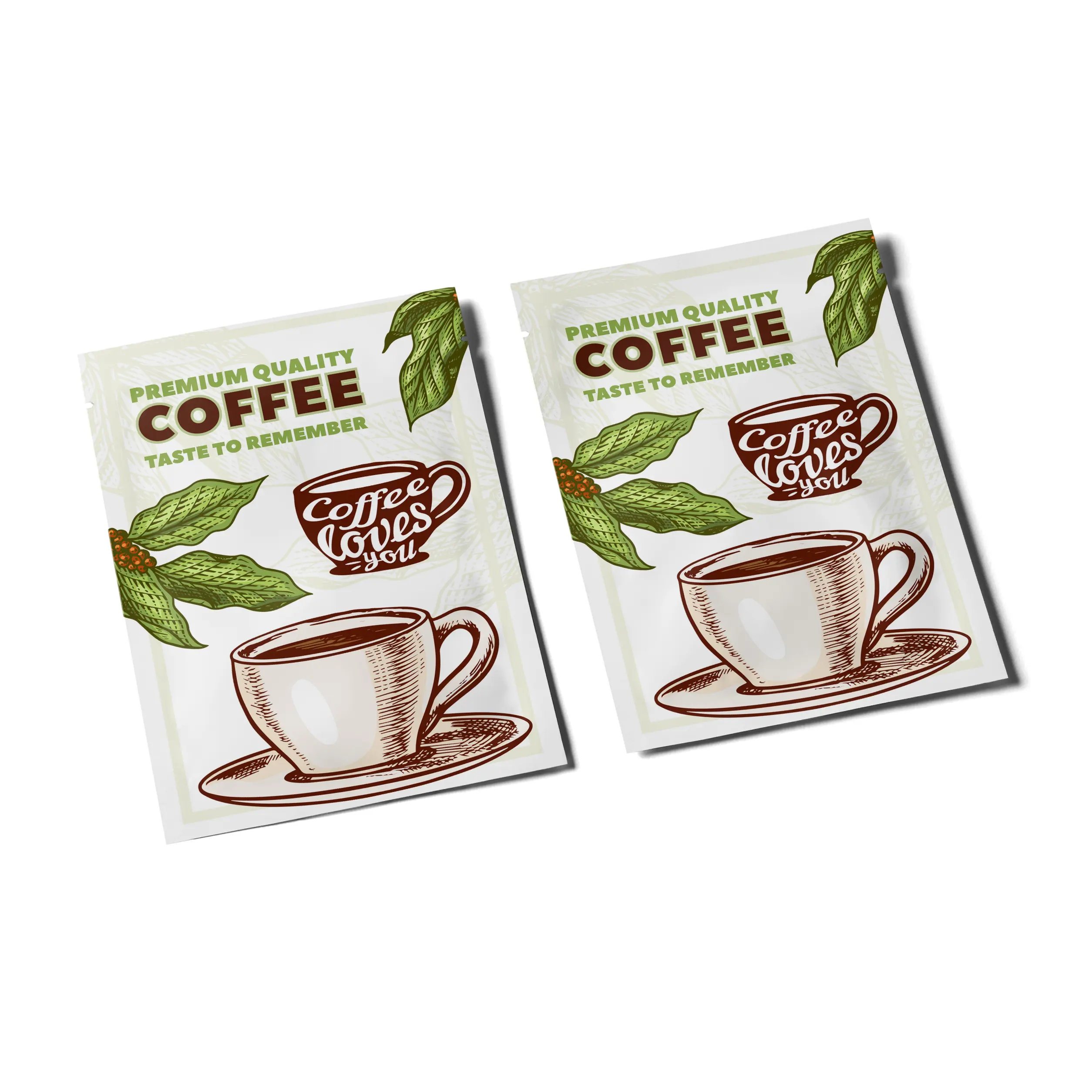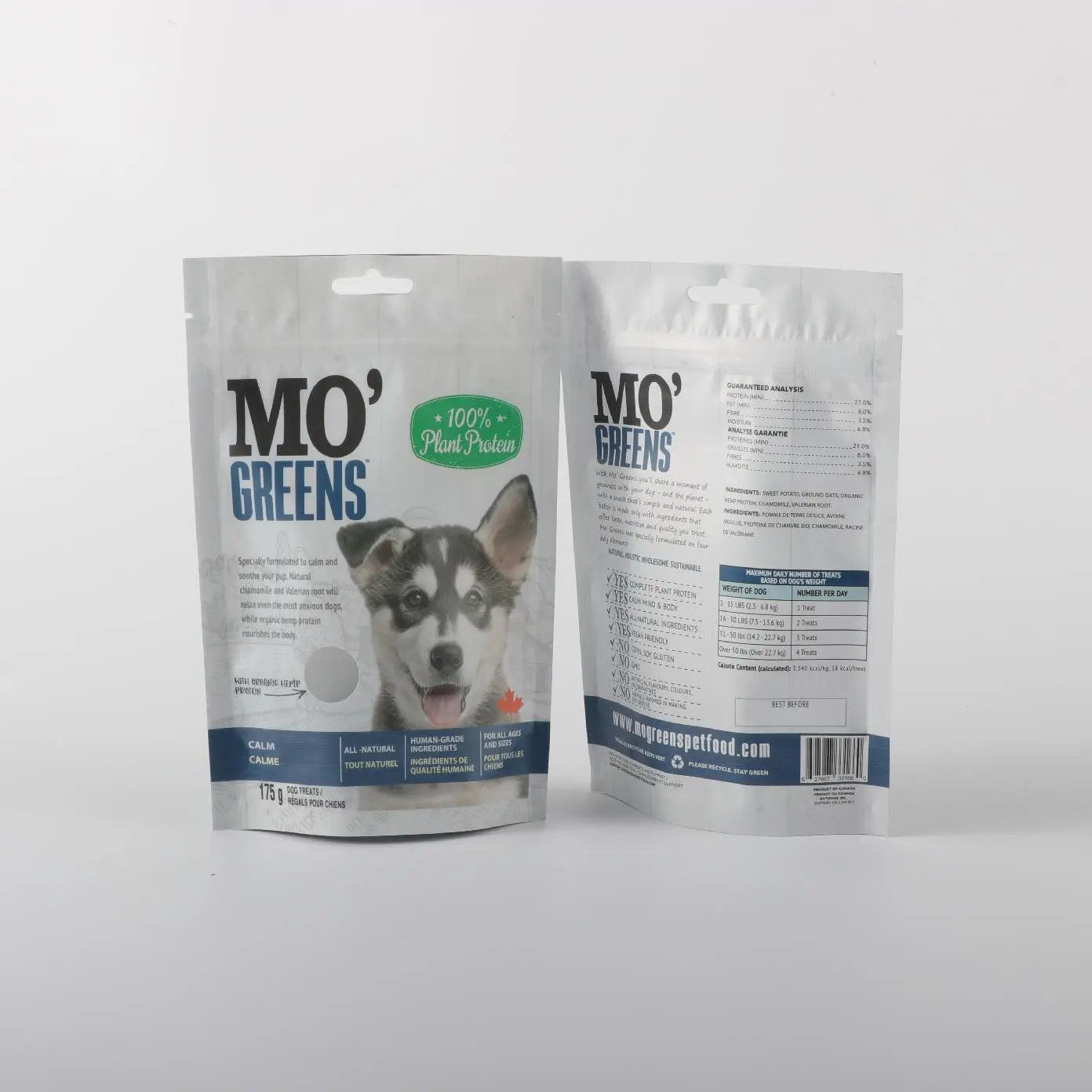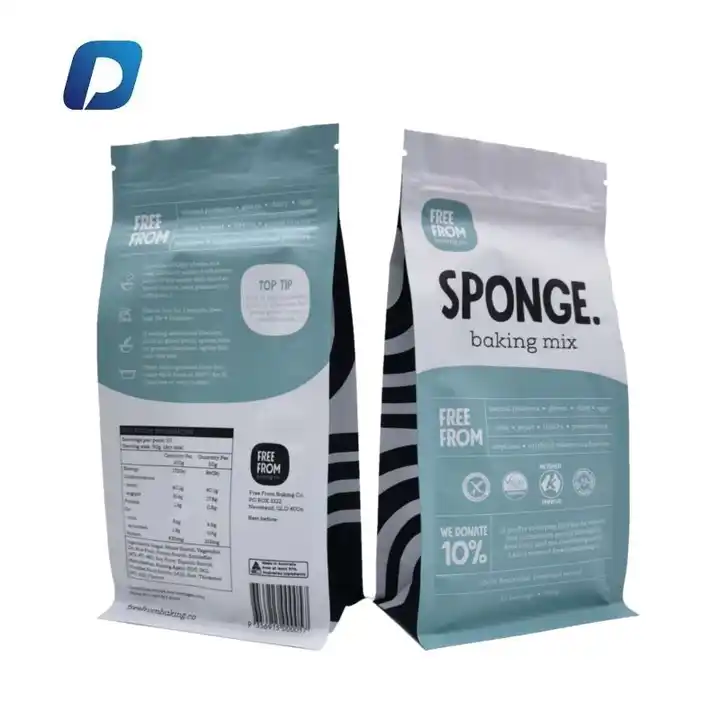The shelf life of coffee is a crucial factor in maintaining its flavor, aroma, and overall quality. Coffee lovers and producers alike are keenly aware that the way coffee is stored can significantly impact its freshness. One of the most important elements in preserving coffee is the type of packaging used.
1. Factors Affecting Coffee Shelf Life
Several factors influence the shelf life of coffee, and understanding these is key to choosing the right packaging.
- Oxygen Exposure: Oxygen is one of the primary culprits behind coffee going stale. When coffee is exposed to air, oxidation occurs, leading to a significant deterioration in flavor.
- Moisture: Moisture can ruin coffee by promoting mold growth and washing away its essential oils and flavors. Packaging needs to provide a barrier to moisture to extend shelf life.
- Light and Heat: Exposure to light and heat can cause coffee to deteriorate faster, leading to a loss of flavor and aroma. Effective packaging should shield coffee from these elements.
- Coffee Type (Beans vs. Ground): Whole beans have a longer shelf life than ground coffee because of their reduced surface area exposed to oxygen. Therefore, the type of coffee being stored also plays a role in determining the most suitable packaging.
2. Shelf Life in Paper Coffee Bags
Unlined Paper Bags
Unlined paper bags, commonly made from kraft paper, are often used for packaging coffee, especially by smaller roasters and artisanal brands. However, these bags are typically suited for very short-term storage, ranging from a few days to a few weeks. Since unlined paper offers minimal protection against oxygen and moisture, coffee stored in these bags will lose its freshness quickly, making them more appropriate for local, immediate consumption.
Lined Paper Bags
Lined paper bags improve upon the basic paper bag by adding a layer of plastic or wax to the interior, which helps to block out moisture and some oxygen. This extends the shelf life of coffee to a few weeks or even up to a couple of months. These bags are a good option for coffee that will be consumed relatively quickly but still needs some level of protection to maintain its freshness beyond just a few days.
3. Shelf Life in Foil Coffee Bags
Standard Foil Bags
Foil coffee bags are considered one of the best options for preserving coffee over a longer period. The multi-layer construction of these bags, which typically includes aluminum foil and plastic, creates an effective barrier against oxygen, moisture, and light. Coffee stored in standard foil bags can remain fresh for 6 to 12 months, making them ideal for both retail sales and for consumers who purchase coffee in bulk.
Foil Bags with Degassing Valve
Foil bags with a degassing valve are specifically designed to maintain the freshness of freshly roasted coffee. The valve allows gases (like carbon dioxide) that are released by the coffee to escape without letting oxygen in, which helps to preserve the coffee’s flavor and aroma. Coffee stored in these bags can maintain its freshness for up to 12-18 months, making this packaging particularly well-suited for specialty coffee or for storage over extended periods.
4. Shelf Life in Other Packaging Types
Plastic Coffee Bags
Plastic coffee bags offer a moderate level of protection and are a common choice for budget-friendly coffee packaging. These bags provide some barrier against oxygen and moisture, though not as effectively as foil. Typically, coffee stored in plastic bags will stay fresh for about 3 to 6 months. Plastic bags can be a cost-effective solution, especially for coffee that is intended for quicker consumption.
Vacuum-Sealed Coffee Bags
Vacuum-sealed coffee bags offer one of the best solutions for preserving coffee freshness over the long term. By removing most of the oxygen from the package, these bags significantly slow down the oxidation process, extending the shelf life of coffee to 12-24 months. This type of packaging is particularly beneficial for specialty coffee, where maintaining the integrity of flavor and aroma is crucial.
5. Best Practices for Extending Coffee Shelf Life
In addition to choosing the right type of packaging, several best practices can help extend the shelf life of coffee:
- Proper Storage Conditions: Regardless of the packaging, storing coffee in a cool, dark place will help protect it from heat and light, which can degrade its quality.
- Opening and Resealing: Once a coffee bag is opened, it’s important to reseal it properly to minimize exposure to air. Consider using airtight containers or resealable bags for the best results.
- Batch Roasting and Packaging: For optimal freshness, consider roasting and packaging coffee in small batches. This practice ensures that the coffee remains fresh for as long as possible before reaching the consumer.
The type of packaging used plays a crucial role in determining the shelf life of coffee. While unlined paper bags are suitable for short-term storage, lined paper bags offer slightly better protection. Foil bags, particularly those with degassing valves, provide the best protection for long-term storage, making them ideal for premium coffee. Plastic and vacuum-sealed bags also offer viable options depending on the intended use and storage duration.


